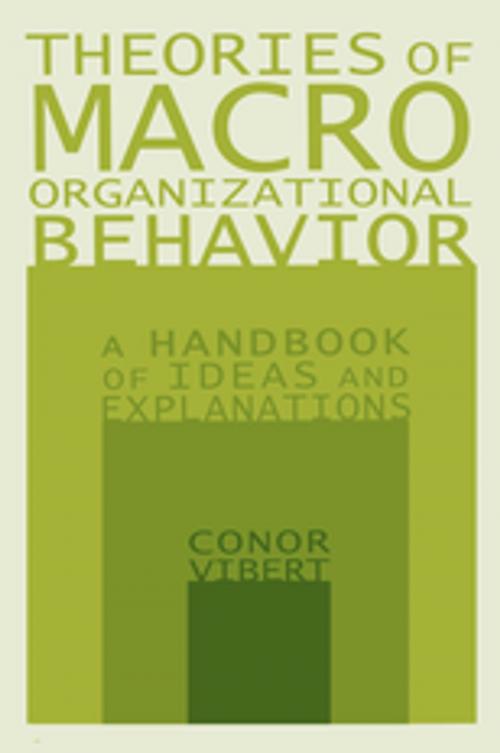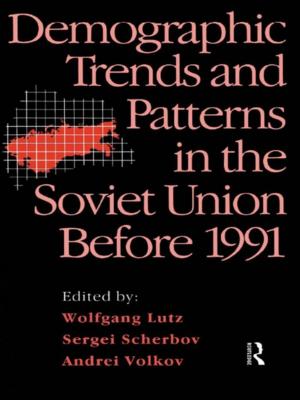Theories of Macro-Organizational Behavior: A Handbook of Ideas and Explanations
A Handbook of Ideas and Explanations
Business & Finance, Industries & Professions, Industries| Author: | Conor Vibert | ISBN: | 9781315290072 |
| Publisher: | Taylor and Francis | Publication: | March 2, 2017 |
| Imprint: | Routledge | Language: | English |
| Author: | Conor Vibert |
| ISBN: | 9781315290072 |
| Publisher: | Taylor and Francis |
| Publication: | March 2, 2017 |
| Imprint: | Routledge |
| Language: | English |
This book provides a comprehensive summary of the major theories meant to explain the way business and other organizations work, why they look and act as they do, and what makes some succeed and others fail. Among the many different approaches to the subject, no one school of thought accurately reflects current thinking on these issues. The author presents a much-needed overview of thirty of the major theories that underpin Organization Theory and Economic Organization. Each theory is summarized in a stand-alone fashion, allowing each chapter to be used either in complement or as a separate perspective. Integration of the various topics and perspectives is accomplished within section introductions and in the overall introduction and conclusion to the text. The goal of this book is to inform students of the main issues confronting organizations, the main theoretical ideas within the different paradigms, why it is important to theorize about organizations, how these theories are constructed, and how learning is improved by scanning multiple perspectives. It can be used as a stand-alone uourse text or supplementary text for advanced undergraduate or graduate courses in Organization Theory.
This book provides a comprehensive summary of the major theories meant to explain the way business and other organizations work, why they look and act as they do, and what makes some succeed and others fail. Among the many different approaches to the subject, no one school of thought accurately reflects current thinking on these issues. The author presents a much-needed overview of thirty of the major theories that underpin Organization Theory and Economic Organization. Each theory is summarized in a stand-alone fashion, allowing each chapter to be used either in complement or as a separate perspective. Integration of the various topics and perspectives is accomplished within section introductions and in the overall introduction and conclusion to the text. The goal of this book is to inform students of the main issues confronting organizations, the main theoretical ideas within the different paradigms, why it is important to theorize about organizations, how these theories are constructed, and how learning is improved by scanning multiple perspectives. It can be used as a stand-alone uourse text or supplementary text for advanced undergraduate or graduate courses in Organization Theory.















